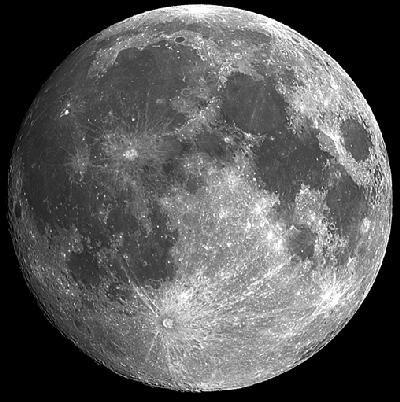The C1XS X-ray camera on the Chandrayaan-1 spacecraft orbiting the Moon successfully detected its first Xray signature from the Moon. This is the first step in its mission to reveal the origin and evolution of our Moon by mapping its surface composition.
C1XS, jointly developed by the United Kingdom’s Science and Technology Facilities Council (STFC) Rutherford Appleton Laboratory and the Indian Space Research Organization (ISRO), detected the X-ray signal from a region near the Apollo landing sites December 12, 2008, at 02:36 Universal Time. The solar flare that caused the X-ray fluorescence was exceedingly weak, approximately 20 times smaller than the minimum C1XS was designed to detect.
“C1XS has exceeded expectations as to its sensitivity and has proven that it is the most sensitive X-ray spectrometer of its kind in history,” said Shyama Narendranath, Instrument Operations Scientist at ISRO.
The X-ray camera collected 3 minutes of data from the Moon just as the flare started and the camera finished its observation. The signal reveals the X-ray fingerprint of a part of the lunar surface. As the mission continues, C1XS will build up a detailed picture of the ingredients that have gone into the Moon.
Barry Kellett, instrument scientist from STFC’s Space Science and Technology Department said, “Despite the small quantity of data, our initial analysis and modeling shows that C1XS has identified the chemistry of this area of the Moon”.
Professor Manuel Grande, principal investigator, Aberystwyth University in Wales, concluded, “The quality of the flare signal detected from the Moon clearly demonstrates that C1XS is in excellent condition and has survived the passage of Chandrayaan-1 through Earth’s radiation (or van Allen) belts with very little damage. This is excellent news for the rest of the Chandrayaan-1 mission”.










